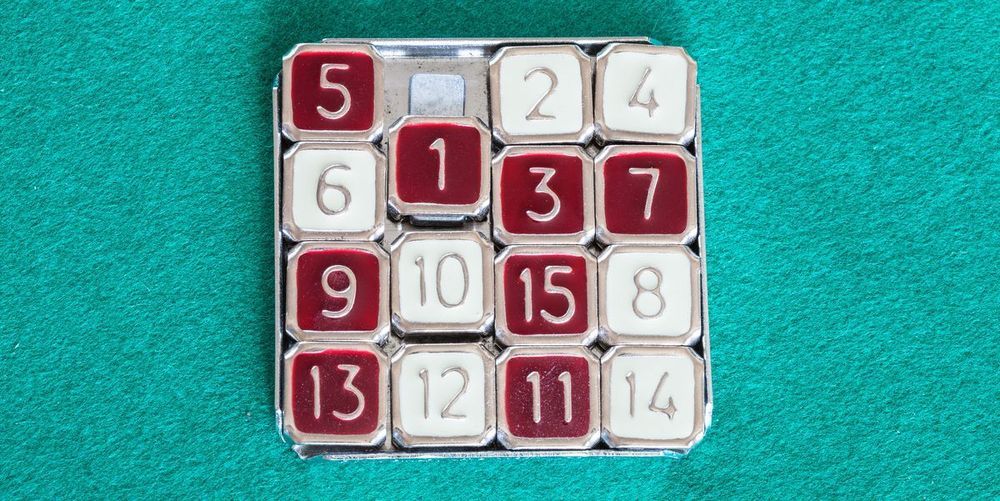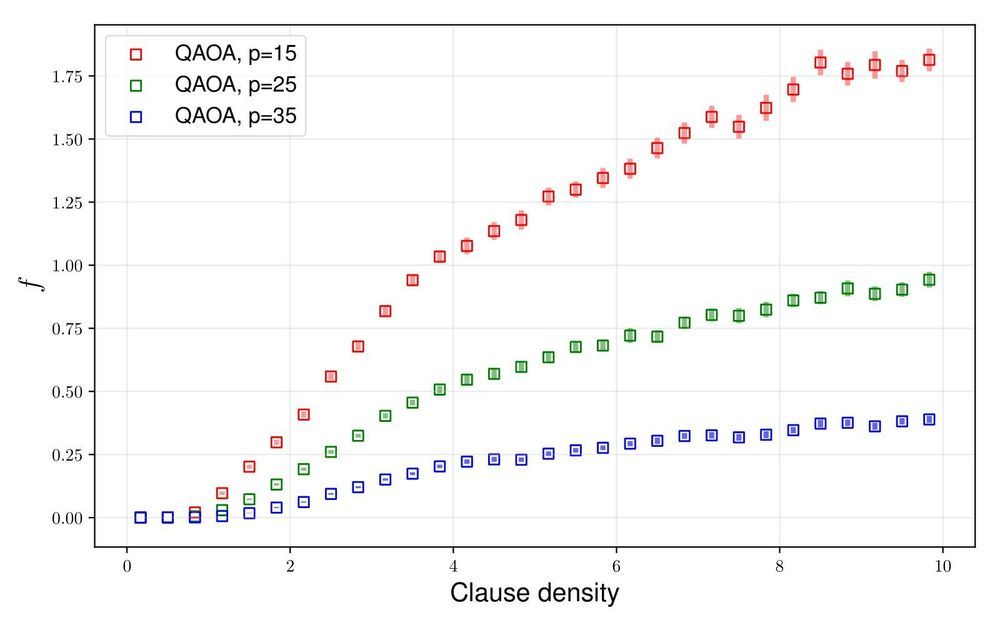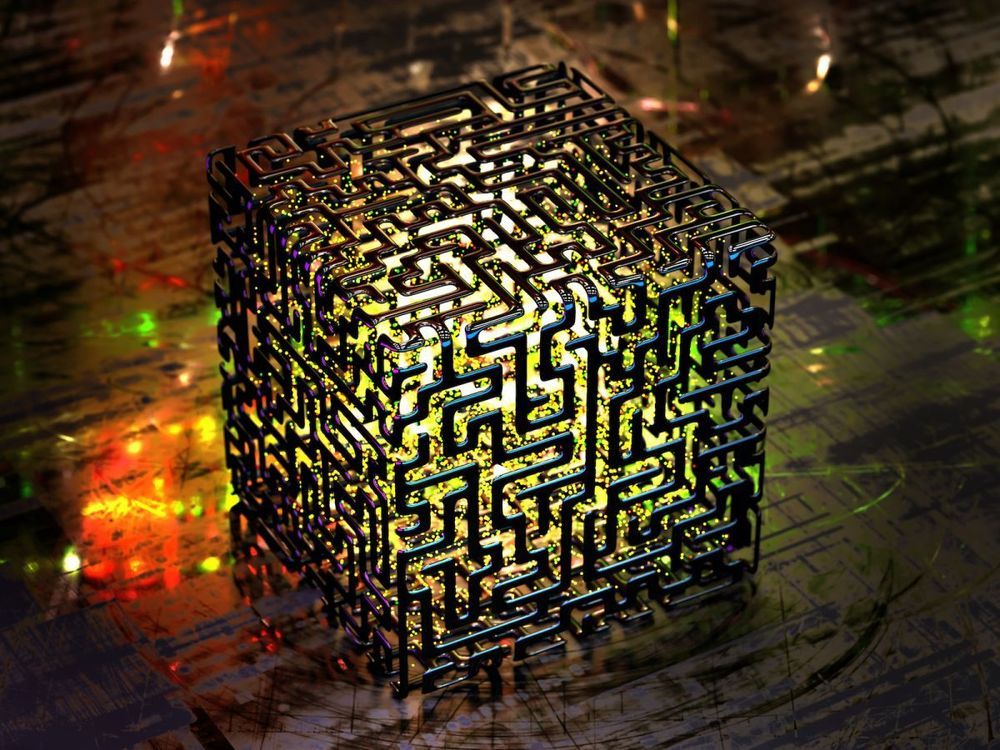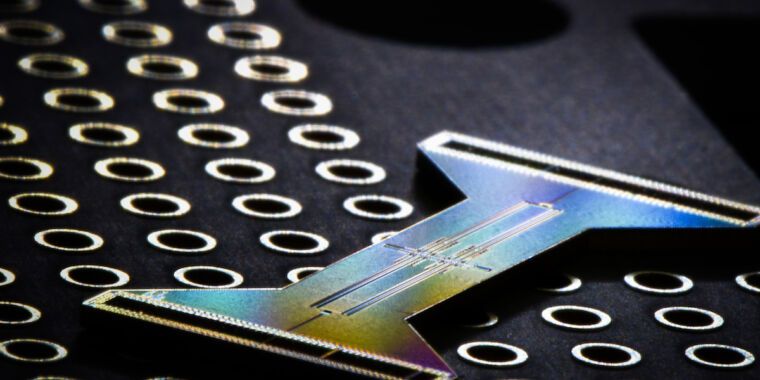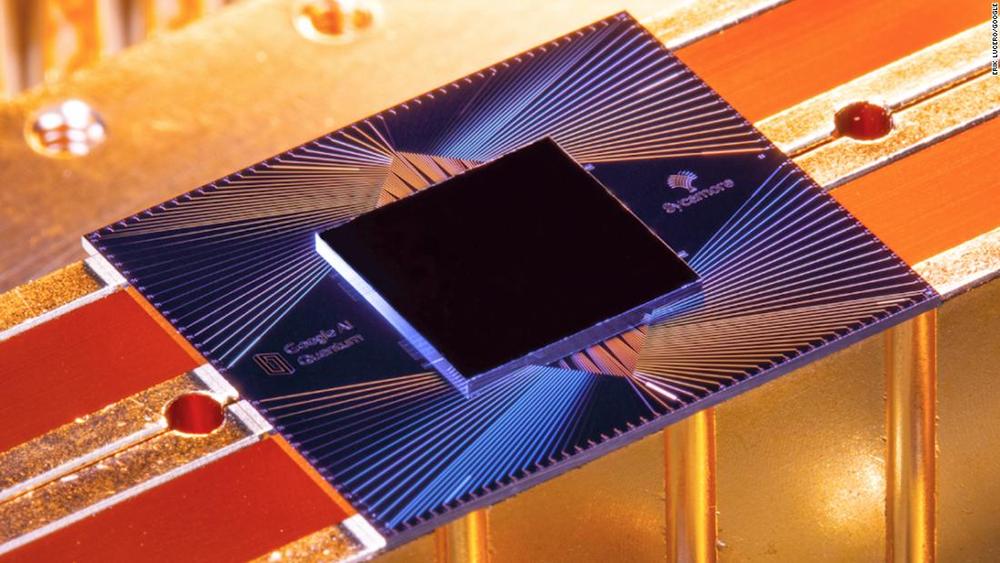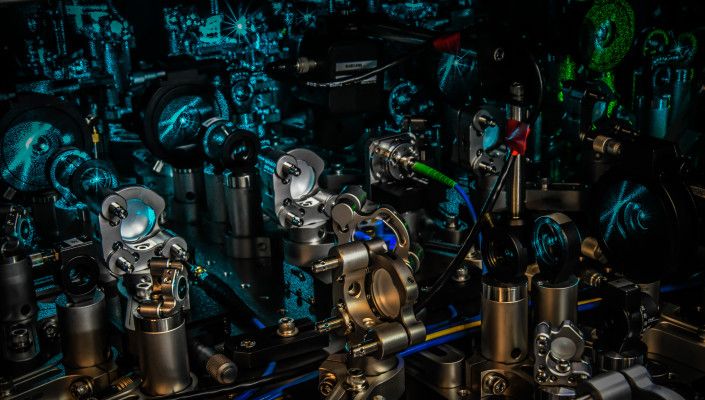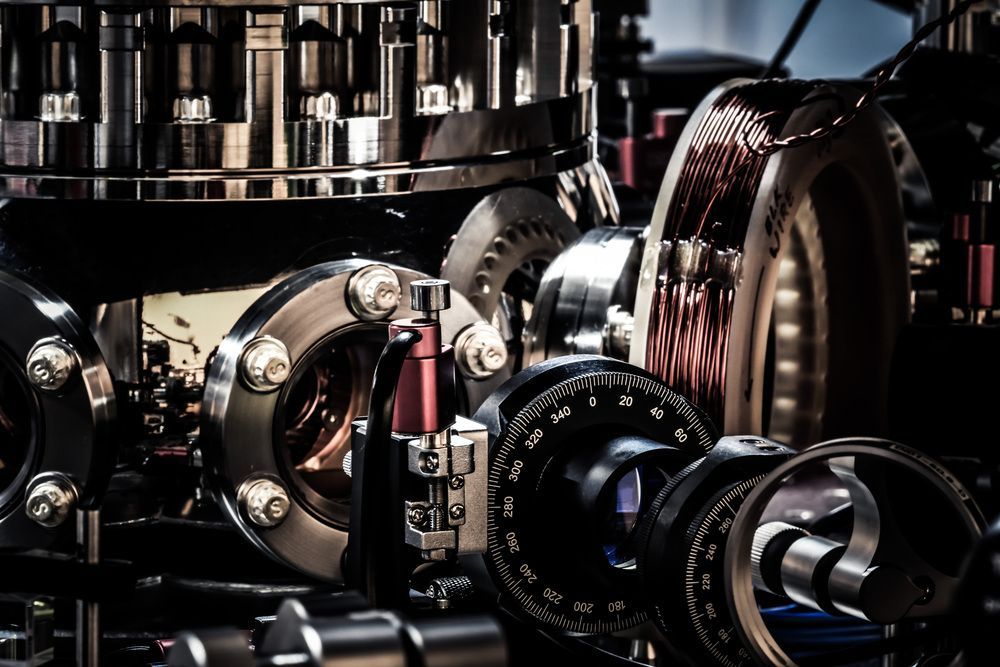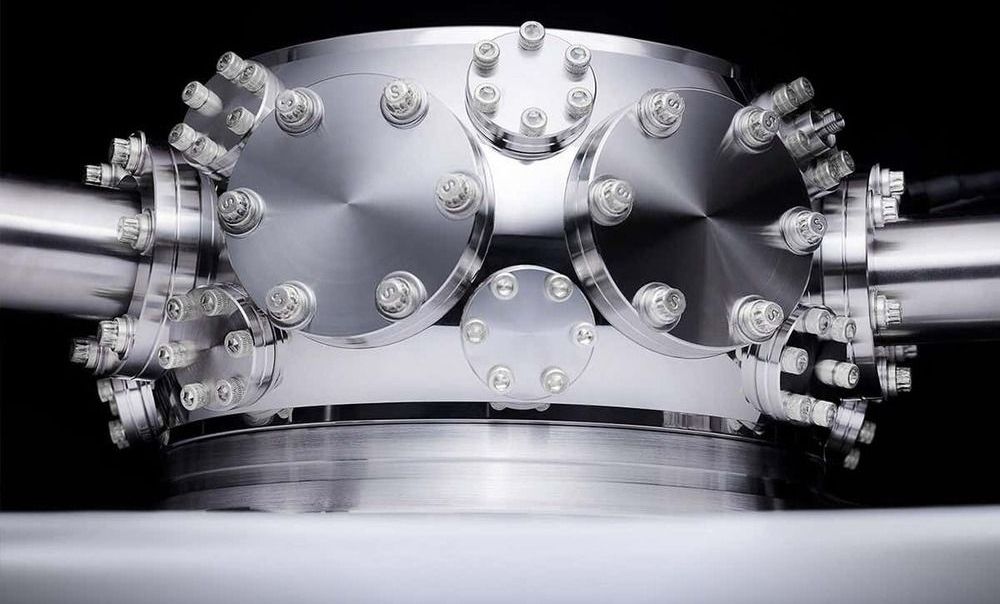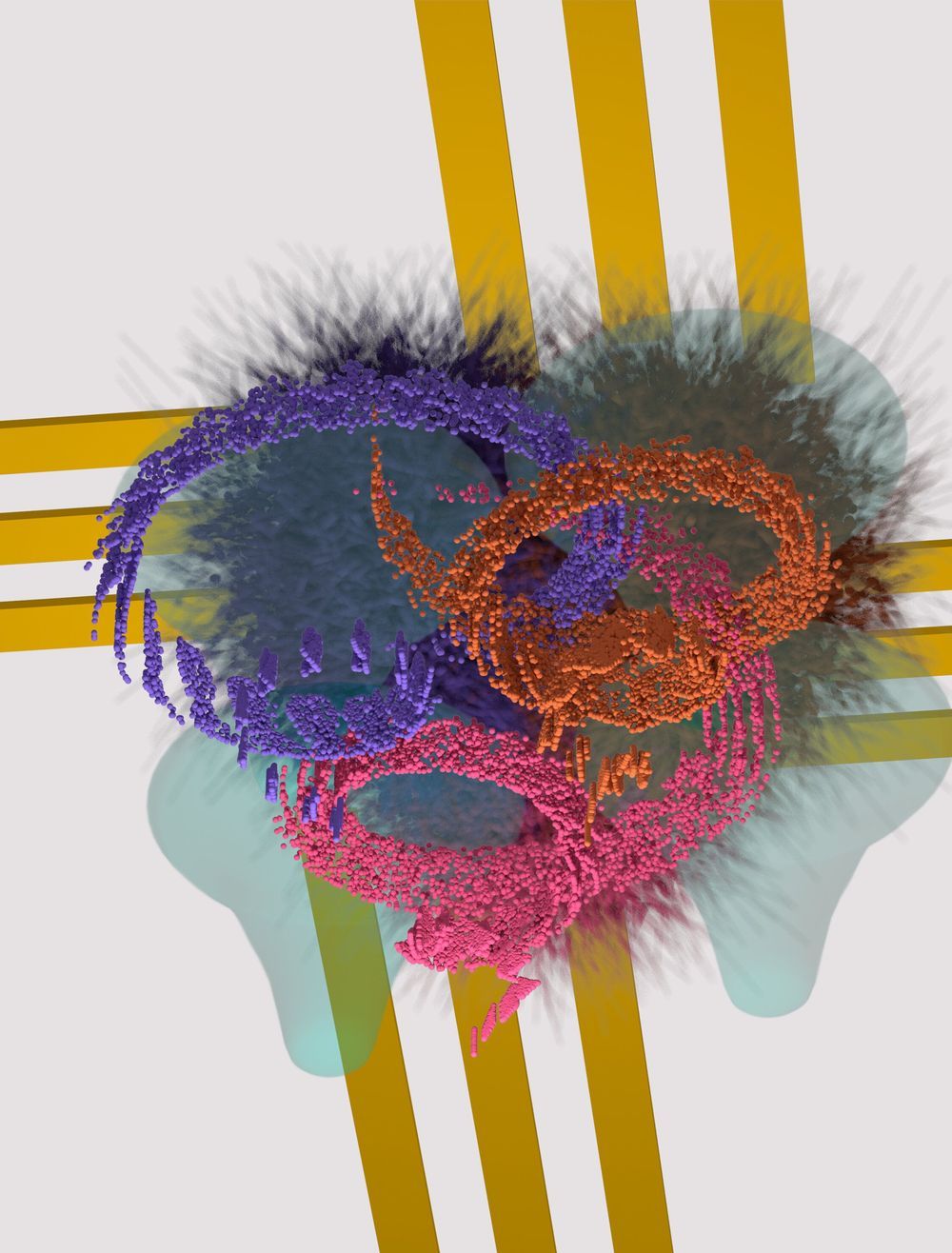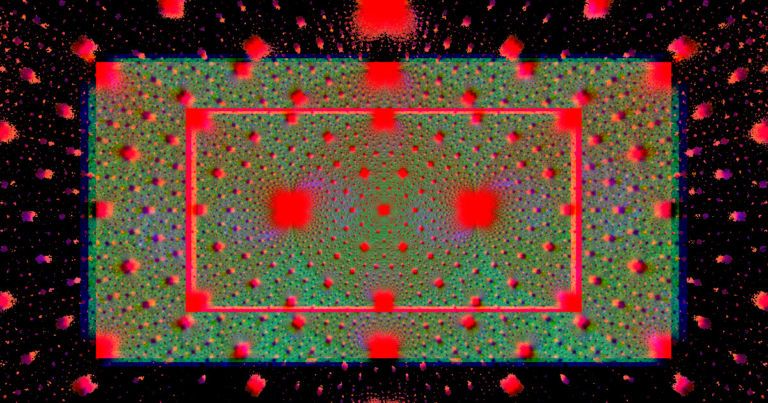During the 1930s, venerable theoretical physicist Albert Einstein returned to the field of quantum mechanics, which his theories of relativity helped to create. Hoping to develop a more complete theory of how particles behave, Einstein was instead horrified by the prospect of quantum entanglement — something he described as “spooky action at a distance.”
Despite Einstein’s misgivings, quantum entanglement has gone on to become an accepted part of quantum mechanics. And now, for the first time ever, a team of physicists from the University of Glasgow took an image of a form of quantum entanglement (aka Bell entanglement) at work. In so doing, they managed to capture the first piece of visual evidence of a phenomenon that baffled even Einstein himself.
The paper that described their findings, titled “Imaging Bell-type nonlocal behavior,” recently appeared in the journal Science Advances. The study was led by Dr. Paul-Antoine Moreau, a Leverhulme Early Career Fellow at the University of Glasgow, and included multiple researchers from Glasgow’s School of Physics & Astronomy.

